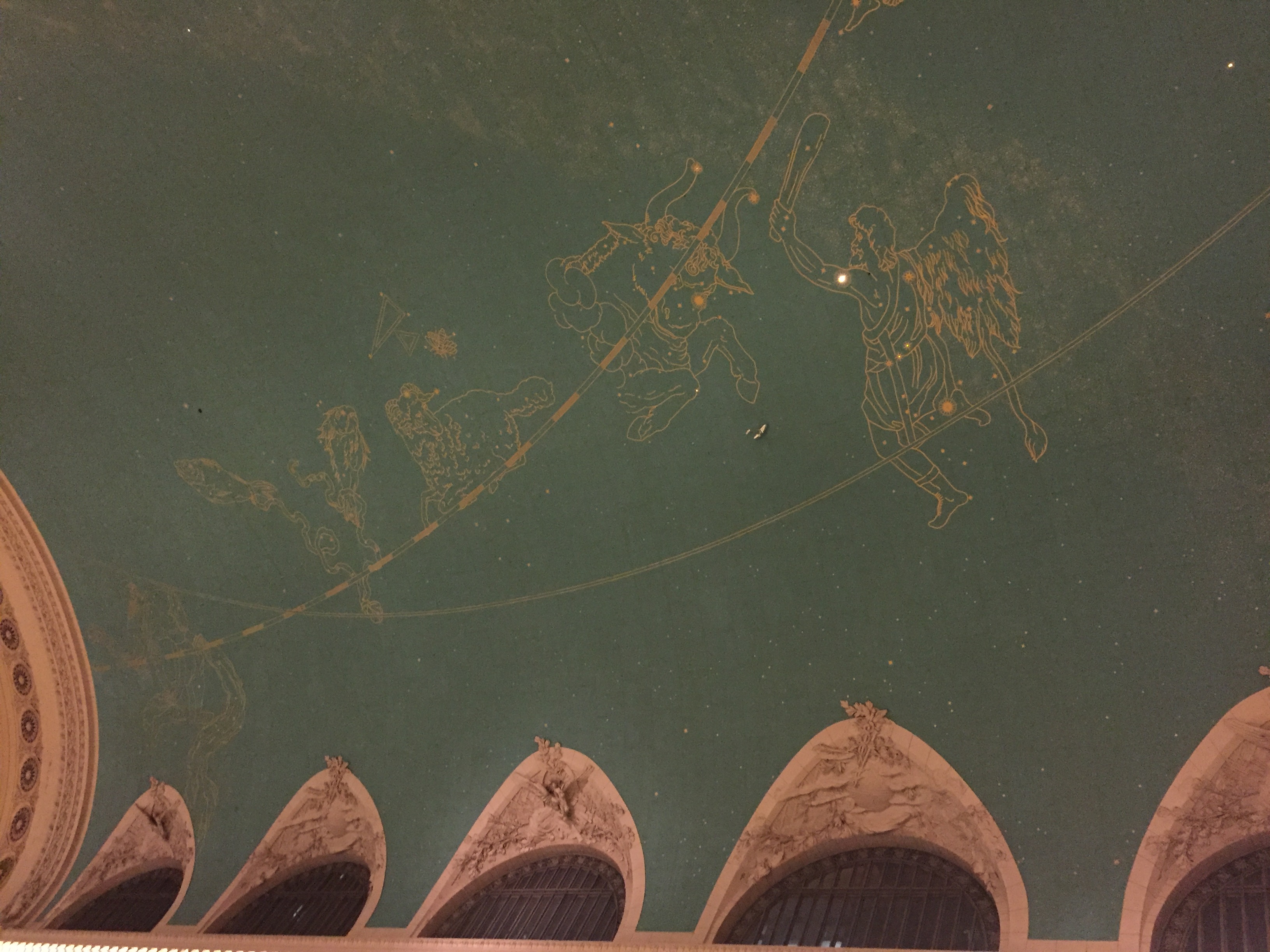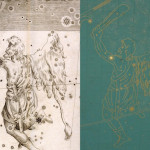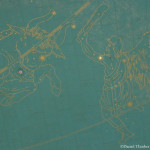[Public Lecture] Brahmins, Monks and Their Astral Lore — The Origin, Development and Transmission of Greco-Indian Astral Science in South Asia and Beyond
1/31/2017
6:00 PM
ISAW Lecture Hall
Bill M. Mak
ISAW Visiting Research Scholar
Described by the Indian scholar and Sanskritist P. V. Kane as “a problem not satisfactorily solved,” the introduction of a new form of astral science in India during the early centuries of the first millennium C.E. which resembles its Greco-Babylonian counterpart has been a heated topic in Indian historiography and history of science between Indian and Western scholars. Subsequent to the meticulous comparative analysis of David Pingree and his 1978 publication of a critical edition of the Yavanajātaka (“Genethliacal astrology of the Greeks”) dated to the second century C.E., a great number of questions concerning the origin and evolution of Greco-Indian astral science were clarified. However, with the recent discovery of new manuscripts and other materials, the issues appear to be far from being settled and some of Pingree’s widely accepted assertions now require serious reconsideration. As it turns out, this Greco-Indian astral lore which impacted not only the South Indian subcontinent, but reached as far as Japan and Southeast Asia, was far more than just a local adaptation of a foreign science; it was part of a bigger picture of the circulation of knowledge in pre-modern Eurasia and a testimony of the ongoing negotiation and acculturation of ideas as cultures and traditions came into close contact with each other.
Bill M. Mak completed his linguistic training at McGill University (B.A. Hons.) specializing in Sanskrit and East Asian languages and received his Ph.D. in Indian literature and Buddhist philology from Peking University. Mak held a number of research and teaching positions at Hamburg University, University of Hong Kong and Kyoto Sangyo University, before his current appointment as Associate Professor at Kyoto University and Visiting Research Scholar at the Institute for the Study of the Ancient World, New York University. Among Mak’s academic interests are Sanskrit Buddhist literature, historical Sino-Indian relation and Indian astral science (jyotiṣa). Since 2012, Mak has been invited to present over thirty papers and lectures in topics related to Sino-Indian and Buddhist culture and Indian astronomy, in India, China, Taiwan, Belgium, France, Germany, Italy and Japan.
Admission to lecture closes 10 minutes after scheduled start time.
Reception to follow.
Please check
http://isaw.nyu.edu/events/brahmins-monks-and-astral-lore
for event updates.
On a limited, first-come, first-served basis, ISAW is able to provide assistive listening devices at public events in our Lecture Hall. To ensure an optimal listening experience, we recommend that guests bring their own headphones (with a standard 1/8-inch audio jack) to connect to our devices. Please direct questions, comments, or suggestions to isaw@nyu.edu.



